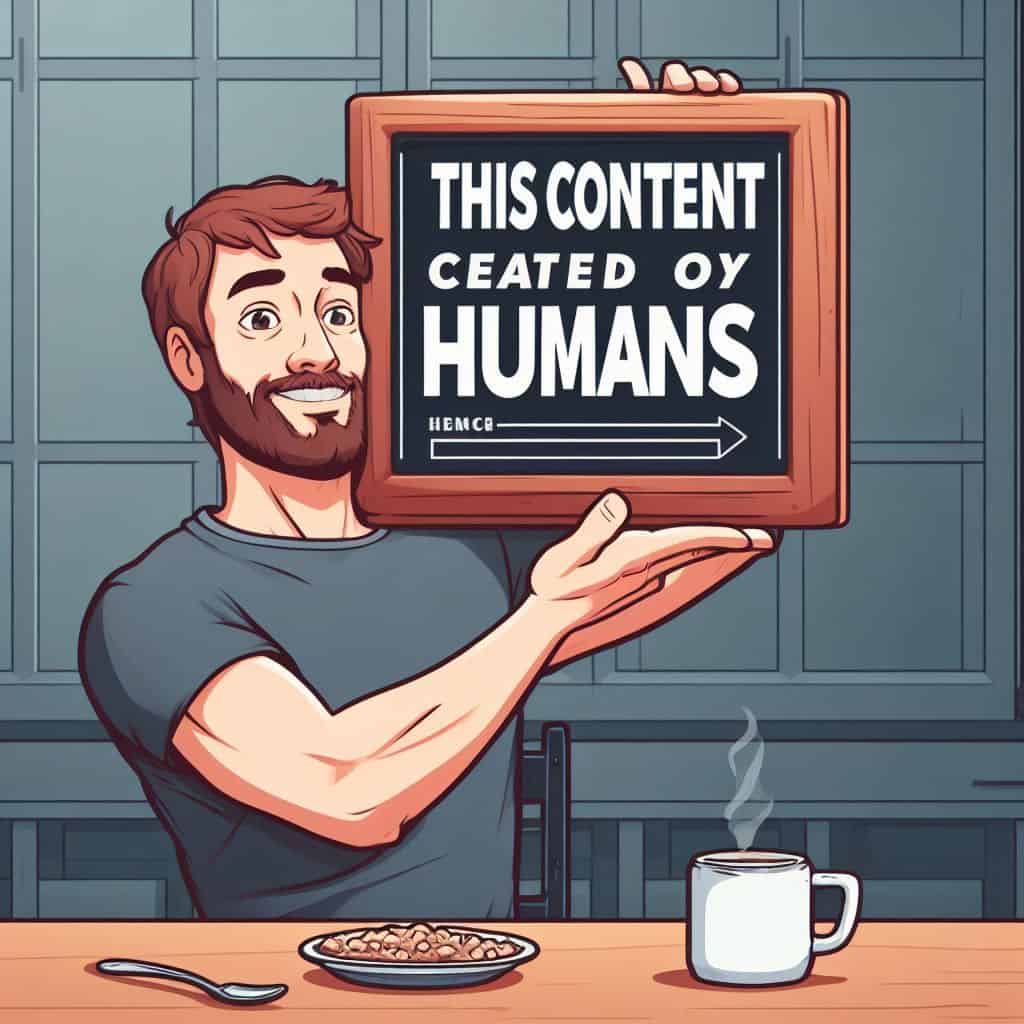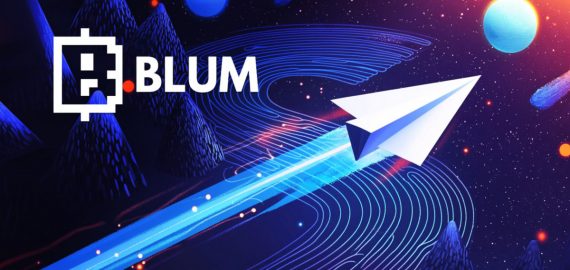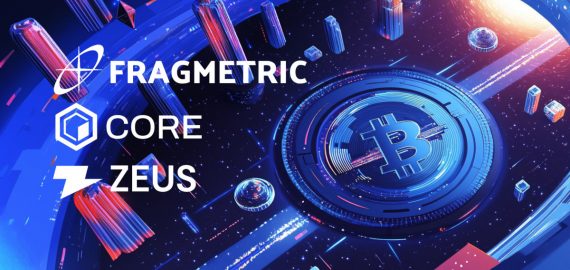“Human-Created Content”: The Necessity for Content Credential Adoption in the Age of AI

Have you come across YouTube or TikTok videos where a robot cracks jokes against a backdrop of visuals? I must admit, I occasionally indulge in watching those myself, and I’m certainly not alone; these clips enjoy immense popularity, amassing millions of views.
Recently we shared an extensive guide These videos can be produced through scripts that automatically generate numerous videos every day. These tools scrape the web for information on specific topics, segment the text into manageable bits, reformulate it for originality, and then use AI-generated voices for narration. Those voices are layered over stock footage, and just like that—your video is set. The final touch involves crafting a catchy title and description, which the script can also manage.
But that’s just the tip of the iceberg; you can take it a step further by mimicking the most successful, high-traffic content! By taking live data and reshaping the text with various voices while layering in different video clips, entirely 'new' videos can be produced for distribution on alternate channels. This means individuals can run scores or even thousands of these channels, with content churning out automatically on the cloud.
| Related : HeyGen's Astounding AI-Driven Video Generator Represents a Major Shift in Film Translation |
So why am I bringing this up? It’s essential to point out that information is nearing a point where it's treated as mass-produced merchandise. Today, most products are created in bulk—think about the uniform cakes and cookies output by factories, or the endless clothing items produced for brands like Zara, which frequently borrow and iterate ideas from a select few design houses. In contrast, unique or handcrafted items have become symbols of luxury and exclusivity. I’m not lamenting this trend; it does make mass-market goods more accessible. Nevertheless, this shift hasn’t fully seeped into our mental space regarding information and ideas. We’re now on the brink of a new era of automation.
It seems that we might soon see the concept of authorship fading into obscurity, as a significant portion of content will become automated, removing the human touch altogether. Yet, this doesn't imply that the resulting content will be subpar. A fresh benchmark for quality will emerge. Much like you’ll know what to expect when buying a pair of boots at a local store—they won’t measure up to those handmade by a skilled craftsperson, but they’re not likely to disappoint on the quality front either. Moreover, such content can be intricately tailored to align with human psychology, ensuring the pacing, duration, and visual elements are just right. This will essentially render the content more accessible and enjoyable for viewers compared to what we currently digest. If indulging in classic black-and-white films, Tarkovsky's masterpieces, or even Tarantino's work has become a hallmark of intellectual sophistication, soon it will pivot to human-created content as the new status symbol. This type of content may not capture attention as efficiently, lacking the polish of algorithmically refined media. Engaging with human-created works will require more thoughtfulness, similar to how not everyone can grasp the depth of Lars von Trier’s films.
Do most people even want this kind of content? That's a timeless question, anticipating its next evolution. The reality is that today’s niche, auteur-driven cinema often generates limited revenue and tends to be created more for artistic acclaim than for profit.
Where do we stand in a decade when 99% of content will be generated by AI with no human authorship involved?
Enigma Surrounds Claims of AI-Crafted One Direction Songs Sold on the Black Market
Do you envision a future Indicators for Recognizing AI-Created Content
This emblem can now be applied to synthetic visuals across Adobe's photo and video editing platforms. Furthermore, it will be integrated into images that are generated using the technology.
In the near future, Microsoft’s Bing will also incorporate this symbol in its image generation tools. Icon of Transparency. By hovering over this emblem, users will gain insights into how the image was created and who was behind it. This information will also be accessible via the metadata of the image. Firefly neural network Check Out How Content Credentials Can Authenticate Media and Enhance Transparency Adobe Creative Cloud
The inception of this symbol was a collaborative project among various stakeholders, not solely Adobe but also including Microsoft, Intel, and camera manufacturers such as Nikon and Leica.
DeepMind has rolled out the Synthid tool", which can mark and identify images generated by AI. This tool embeds a watermark into the image's pixels, rendering it invisible to the naked eye. This method is considerably harder to erase compared to others. Currently, Synthid is in beta testing and is compatible only with Google’s Imagen neural network. C2PA group Please remember that the information provided on this page is not legal advice and shouldn't be construed as such. Investing wisely means putting in only what you can afford to lose, and if you’re uncertain, it’s best to seek independent financial guidance. We recommend checking the terms and conditions along with the help and support resources offered by the provider or advertiser. MetaversePost is dedicated to delivering precise and impartial reporting, yet market fluctuations may occur without prior notice.
Damir leads the team as the product manager and editor at Metaverse Post, delving into subjects like AI/ML, AGI, LLMs, Metaverse, and Web3 domains. His insights attract a vast audience, exceeding one million readers each month. He appears to be well-versed with ten years of expertise in SEO and digital marketing. His contributions have been featured in prominent platforms like Mashable, Wired, Cointelegraph, The New Yorker, Inside.com, Entrepreneur, and BeInCrypto. As a digital nomad, he travels among the UAE, Turkey, Russia, and other CIS countries. Damir holds a bachelor’s degree in physics, a foundation that he credits for honing his critical thinking skills essential for navigating the dynamic landscape of the internet.
- In August, Blum Commemorates One Year Anniversary with ‘Best GameFi App’ and ‘Best Trading App’ Honors at Blockchain Forum 2025 Navigating DeFi Fragmentation: How Omniston Enhances Liquidity on TON
Disclaimer
In line with the Trust Project guidelines Vanilla Introduces 10,000x Leverage Super Perpetuals on the BNB Chain







